Honour Goblet for the Victor in Aerial Combat
SKU: 02.GEM.0108.101.01
Estimated market value:
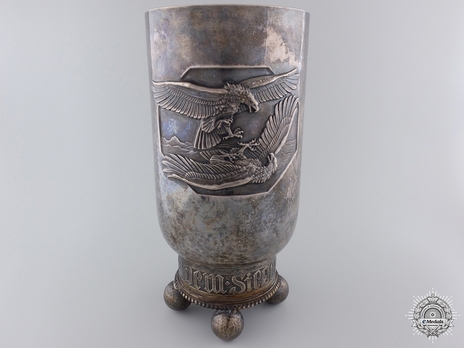
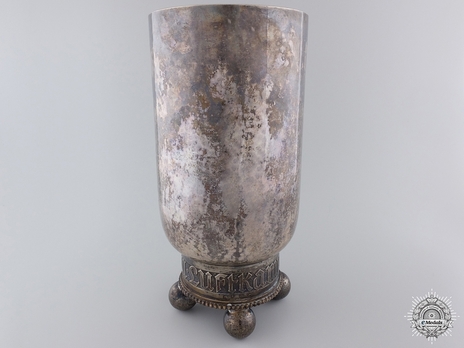
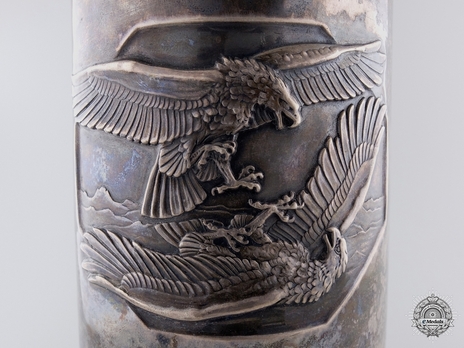
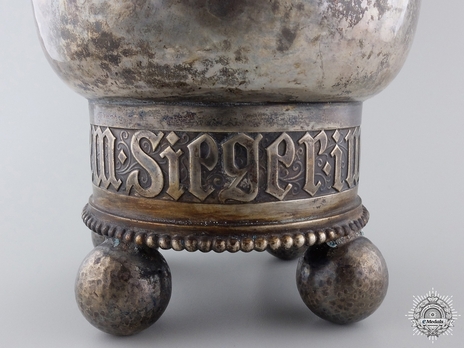
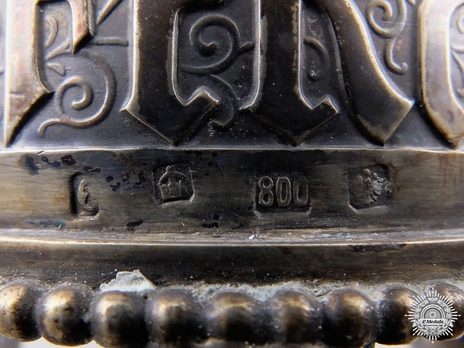
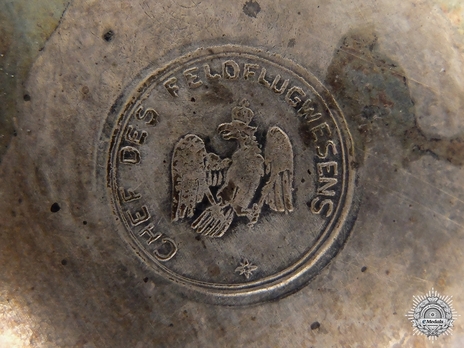
Estimated market value:
Attributes
History
The Honour Goblet for the Victor in Aerial Combat was instituted sometime in 1915. The exact date is unknown, as are the regulations of this award.
The decoration was awarded to any pilot, observer, or air gunner, regardless of rank, for the shooting down of their first enemy aircraft. This had to be certified by independent witnesses.
It was awarded with an accompanying document and an octagonal wooden (mostly oak or walnut) plinth. Goblet and plinth were given in a hinged box. Original examples of plinth and box are very scarce these days.
Early goblets were made of “800” silver. With material shortages taking effect in the later war years, goblets were produced from iron instead. Very late in the war, only the documents were still awarded. Those that received them had to buy their own goblet if they chose to do so.
The decoration features two embossed eagles in combat. The narrow bottom features the inscription “Dem Sieger im Luftkampfe” (to the victor in aerial combat). The goblet stands on four spheres. The inside of the goblet was gilded. This was done to make it possible to drink out of it without the silver affecting the taste of the beverage. Over time, the gilding of some specimens may have been polished off.
Some goblets may feature personalised engravings.
It is unknown how many men were eligible to receive an Honour Goblet. However, it is estimated that the number may be around 2,400.
The goblets usually measure just under 20cm in height and weigh around 350g.


Comments
Sign in to comment and reply.


Scroll Top